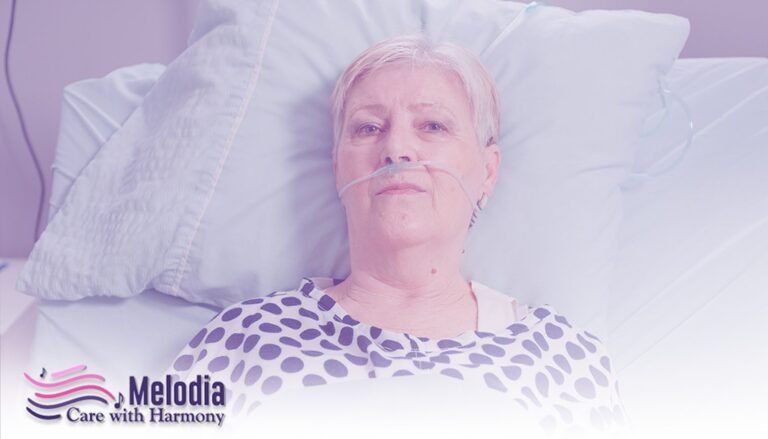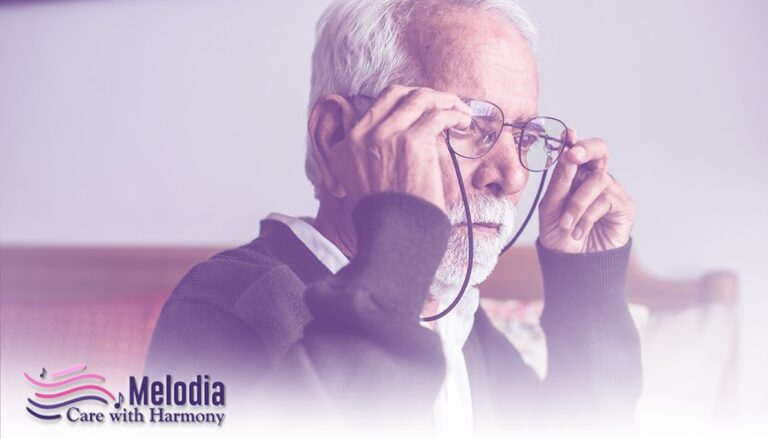End Of Life Care In Pinole City, California
At the end of life, quality care must cover a person’s physical comfort, daily care, emotional and spiritual requirements. If you’re caring for a family member or friend who is nearing the end of life, learn what to expect and how you may help.
The Best Practices In Palliative Care

Palliative care and hospice care are likely terms you’ll hear if a friend or family member is ill or near death.
The goal of palliative care is to make patients as comfortable as possible while they are receiving treatment for a life-threatening illness, such as cancer. Patients may begin receiving palliative care at any point during their disease treatment, as long as the patient wishes.
Hospice care is provided to those who have stopped receiving disease-fighting treatments and are nearing their end of life. Hospice care services enable the monitoring of end-of-life care needs, the coordination of professional and family caring and the addressing of the whole range of end-of-life demands. This care is available in the home, assisted-living communities, nursing homes, hospitals and hospice care facilities.
Palliative and hospice care requires a multidisciplinary team, including the following:
- Doctors
- Nurses
- Home Health Aids
- Counselors or social workers
- Religious leaders or other spiritual counselors
A palliative and hospice care team can assist you in establishing treatment objectives and navigating critical decisions. This decision-making process is designed to honor the dying person’s desires, maximize his or her quality of life and provide support for the family. Several issues may arise, including the following:
- When and under what circumstances should disease treatment be discontinued?
- When should life-sustaining devices such as ventilators and dialysis machines be removed?
- Where can I obtain hospice care?
- What assistance the family requires to care for the dying person?
- How to effectively facilitate the dying person’s time with family and friends?
- What type of emotional and spiritual support do the dying individual, family members and friends desire? Numerous studies suggest that this person-centered approach enhances care and the quality of life in the final days of patients.
End Of Life Care Options

Many end-of-life care alternatives demand that patients make a choice between accepting the danger of dying sooner but being more comfortable or trying to live a little longer through arduous therapy that may increase discomfort and dependency. For instance, if a person with serious lung disease is placed on a mechanical ventilator, he or she may survive longer. However, the majority of people find being on a ventilator extremely uncomfortable and frequently require severe sedation.
Some terminally ill patients and their families believe they must pursue any treatment that may prolong survival, even if the prospect of gaining more than a few hours is implausible. Such treatment frequently deprives the patient of quality time in his or her final days due to side effects which cause suffering, entails large costs and affects family members. The focus of care should shift to providing comfort measures to ensure the dying person is not in pain and has every opportunity to reach closure that honors the life lived when a person is approaching death. Personal philosophy, values and religious beliefs become particularly important when decisions are made by and for the dying.
Tubes For Feeding

As a person approaches death, he or she frequently stops eating and drinking. Food and water administered via tubes (artificial nutrition and hydration) do not typically improve a dying person’s quality of life (see Loss of appetite) or prolong his or her life appreciably. Insertion of feeding tubes can be painful and it can hasten death. Feeding tubes can have a variety of side effects, including pneumonia, swelling from fluid collection (edema) and pain. If these methods are not desired, they can be prohibited through advance directives or by decisions made at the time, tube feeding would otherwise be employed.
Debilitated individuals or those who have badly withered away may survive for several weeks without food or adequate fluids. In the event that a family member is unable or unwilling to take fluids orally, they should know that stopping the fluids would not result in death immediately.
Resuscitation

Resuscitation is the process of attempting to resuscitate a person whose heart and respiration have stopped. It may include chest compressions, rescue breathing, medications and electrical shocks. There is just one treatment supplied by default in a hospital unless otherwise indicated in advance: cardiopulmonary resuscitation (CPR). Preparation for treatment, whether it’s a formal advance directive or an agreement between a patient and their doctor (or someone designated by them to make health care decisions if they can’t), could limit resuscitation efforts. Once a decision has been reached, the doctor enters the necessary order into the patient’s medical record.
Because resuscitation only restores people to their pre-heart-stopping state, it is not beneficial for persons on the verge of death and for whom the stopping of their heart is the ultimate event. These individuals are exceedingly unlikely to respond to resuscitation. The minority survivors who do respond do so briefly and frequently without regaining complete awareness. For most persons who are anticipated to die soon, the decision to forego resuscitation makes sense and such a decision does not need to be burdensome on the family.
Location
Often, dying individuals and their families prefer to spend their final days at home — in a familiar, supportive environment — rather than in a hospital. For those who remain at home, this typically entails reminding all caretakers not to call an ambulance unless signs suggest impending death (see When Death Is Near). For hospitalized patients, personnel can assist families in arranging for the patient to return home with all essential comfort measures, such as medications and a hospital bed. If hospitalization is wanted or inevitable, it is critical to document the individual’s preferences for undesirable interventions.
Making Choices Visible

Individuals typically fare best when their intentions for end-of-life care are discussed well in advance of a crisis that necessitates such decisions. These early dialogues are critical since disease frequently stops people from communicating their wishes later in life. Without explicit direction from the ailing person, family members are often hesitant to forgo life-prolonging care. Advance care planning is the process of making decisions in advance about end-of-life care and it can result in legally enforceable advance directives.
Additionally, an increasing number of state and municipal programs address a variety of emergency life-sustaining treatments for patients with advanced illness, in addition to cardiopulmonary resuscitation (CPR — an emergency therapy that attempts to restore heart and lung function). These are frequently referred to as Physician Orders for Life-Sustaining Treatment or POLST. They are commonly advised because they can assist emergency responders in determining the proper course of action in an emergency.
Even without written documentation, a talk between the patient, family and health care practitioners about the best course of care provides significant direction for future care decisions when the patient is unable to make them and is far superior to not discussing the problems.
The Most Important Components of End Of Life Care
An Australian team undertook a study of the literature on predicted deaths in hospitals — the setting for most deaths in the industrialized world — and highlighted critical aspects of end-of-life care for patients and families.
The review, published in the British journal of Palliative Medicine, discovered eight quantitative studies that matched inclusion criteria after searching nine internet databases and 1859 papers published between 1990 and 2014.
Planning for the End of Life:
At the end of life, a lot of practical work needs to be done, both to alleviate the dying person and to support the caretaker. Everyday chores can be a cause of anxiety for a dying person and a source of stress for their caregivers as well. Caregivers can get a much-needed break by taking on little everyday tasks around the house, such as picking up the mail or newspaper, jotting down phone messages, doing a load of laundry, feeding the family pet, transporting children to soccer practice or picking up prescription from the pharmacy.
A dying person may be concerned about who will look after things once they are gone. You can try to bring some comfort by assuring them —”I’ll make sure your African violet plants are watered”, “Jessica has pledged to look after Bandit”, “Dad, we want Mom to live with us from now on.” Remembering that one’s personal affairs are in good hands can be a source of consolation for someone who is dying.
What can I do for you?” is a common question among friends and family members. Making a particular offer helps. Help out by delivering caregivers food, paying bills, walking the dog or taking care of the kids if necessary. If you’re unsure of what to say, get advice from someone who’s been in a similar position before. Investigate the type of assistance that was beneficial.
If you’d like to help but are unable to leave your house, consider asking friends or family members to help out with household chores or to bring meals in. That way, loved ones may focus on the dying person instead of caring for themselves.
If you’re the primary caregiver, don’t be afraid to ask for and accept support. If someone offers to help, don’t be afraid to suggest a specific assignment. Even while your loved ones are likely eager to help you or the person who is dying, they may be hesitant to continuously offer their assistance if they see that you are so busy.
You can reach us at any time of day or night by contacting us through our 24/7 online customer support chat or by calling 1-888 635-6347 (MELODI-7).
